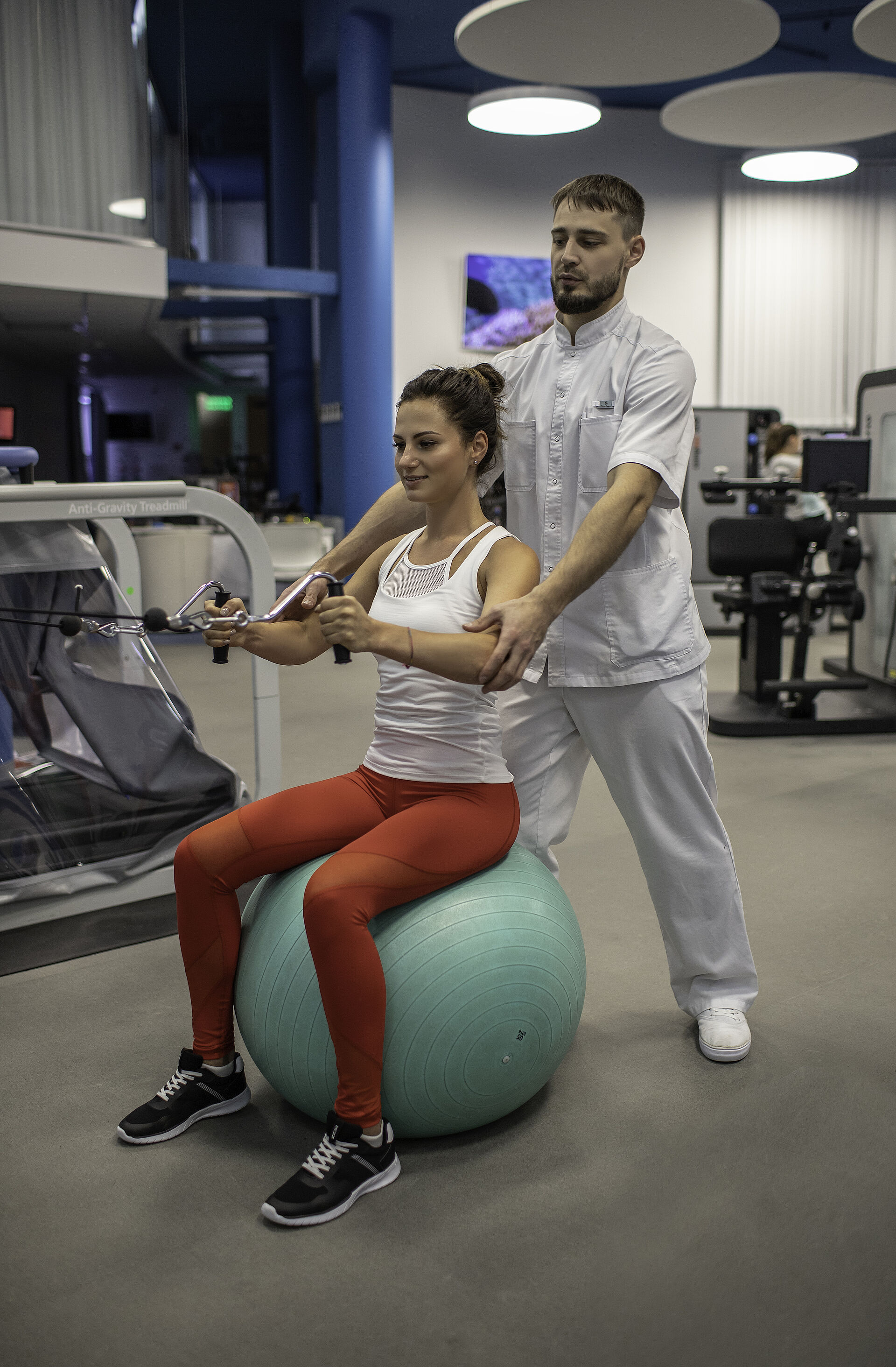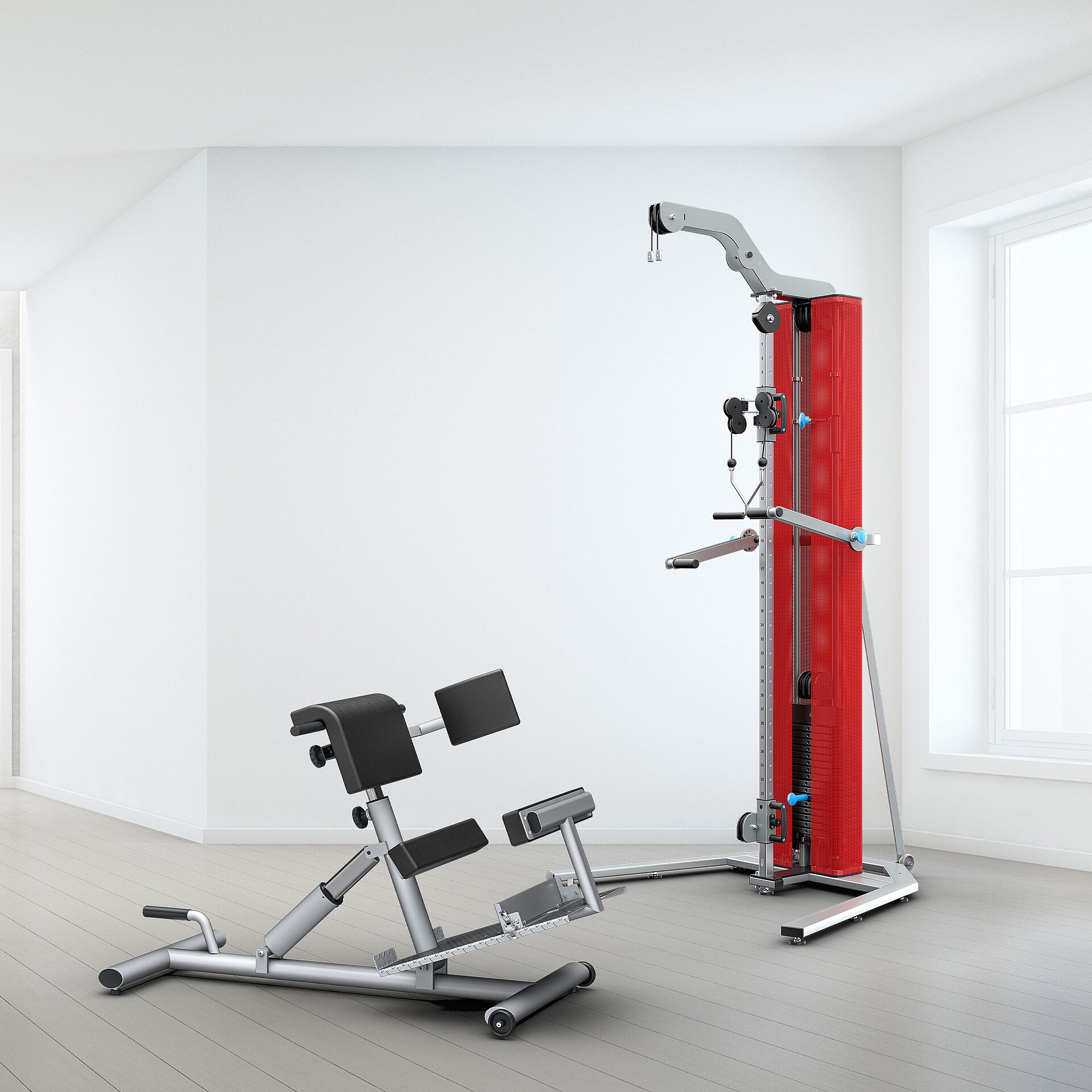Purposeful motions by the CNS and skeletal musculature
Because of the central importance of coordination in MTT, it acquires key value in rehabilitation and is defined as the interaction of the CNS and skeletal musculature to produce a targeted sequence of motions. Here, a distinction is drawn between intramuscular coordination, which is the nerve-muscle interaction within a targeted motion sequence within a muscle, and intermuscular coordination, the interaction of various muscles during a higher-level sequence of motions.
Training coordinated motions and motion control plays an important role from the very start of therapy, as the coordinative abilities are the foundation for all human movements. They are responsible for the learning, control and adjustment of every motion and allow successful mobility in various situations and environments. The goal is to achieve a perfect interplay of sensory organs, the nervous system, the musculature and joints.
In coordination training, the load-bearing capacity of the patient in question must be considered.
Subsections
- Balancing ability (can be trained with individual adjustment of the AlterG)
- Orientation ability, targeted motion in space (D-Wall)
- Reaction time, rapid reaction to external and internal stimuli (D-Wall)
- Differentiation ability, training of measurement, speed, estimation of distances and force to use (D-Wall)
- Coupling ability, turning individual movements into a complex overall movement (D-Wall)
- Rhythm, movement according to a rhythm (D-Wall)
- Adjustment ability, adjustment to new, different situations, action sequences (D-Wall)
Goals in therapy
- Development, regrowth of the afferent set
- Stimulation of lost movement patterns
- Improvement of intermuscular coordination, with targeted, economical application of force
- Improvement of information transfer from the periphery
- Perception training
- Coordination training
- Implementation and integration of special, individual, daily life, leisure and work-related forms of exercise in therapy (D-Wall, BTE Primus, AlterG)





